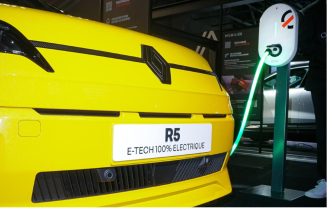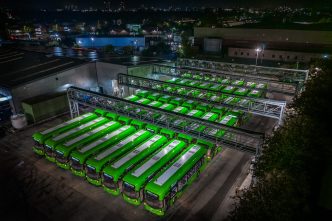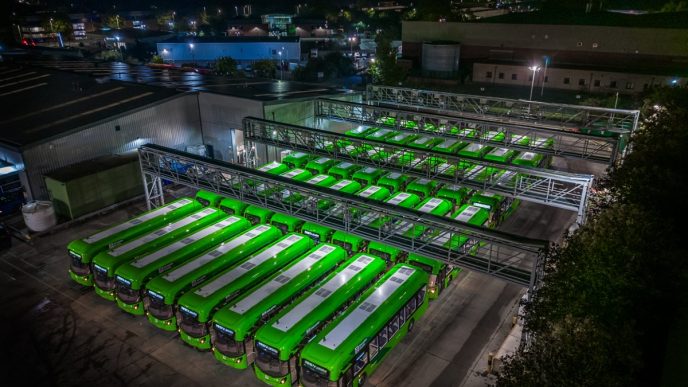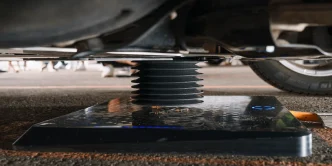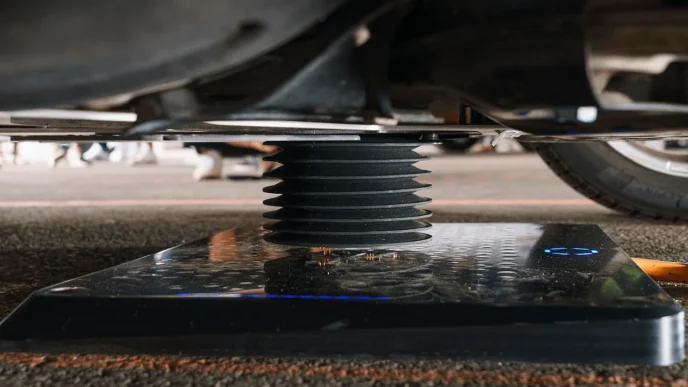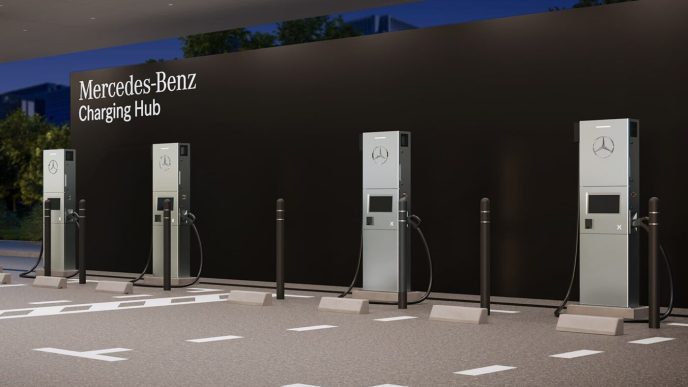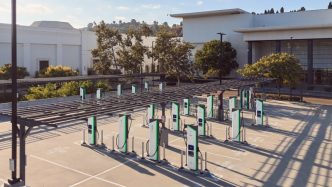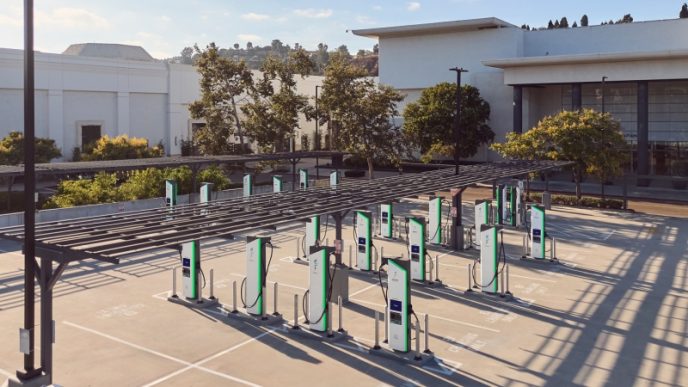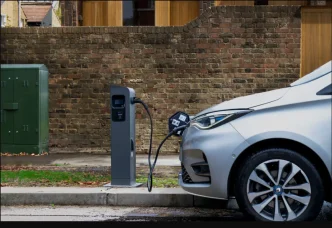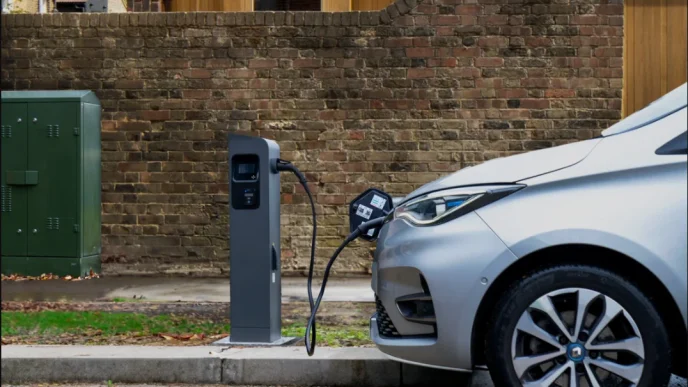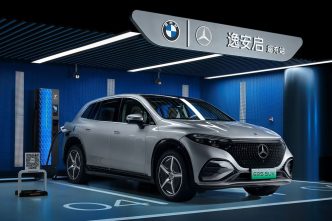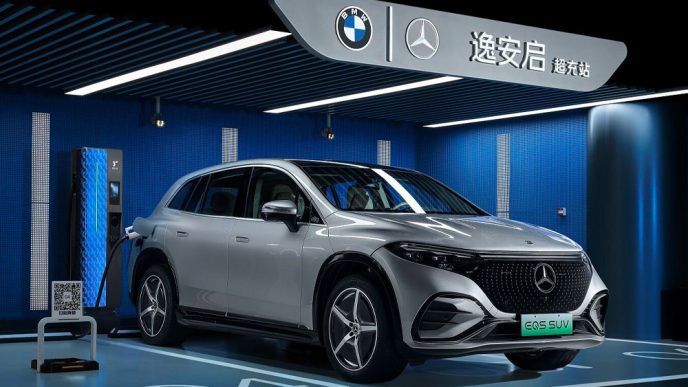Renault, in collaboration with Munich-based technology company The Mobility House, has launched vehicle-to-grid (V2G) charging in France, starting with the Renault 5.
This innovative feature allows electric vehicles (EVs) to feed power back into the grid, enabling owners to earn money by selling excess energy. The V2G function is expected to be introduced in the UK in 2025, with Germany to follow, despite regulatory hurdles that have delayed the rollout there.
The V2G technology, developed by Renault’s subsidiary Mobilize and The Mobility House, allows EV batteries to be integrated into the electricity grid. The Renault 5 and Alpine A290 models, equipped with bidirectional charging capabilities, enable users to essentially “charge and drive for free” by participating in the energy market. This process is facilitated by The Mobility House’s PowerBox Verso charging station and the Mobilize Power energy contract.
While France has a favorable regulatory environment for V2G, Germany faces challenges due to its decentralized electricity grid and regulatory barriers, such as double grid fees and a slow smart meter rollout. In contrast, the UK is advancing rapidly with its regulatory framework and the expansion of smart meters, positioning itself as a key V2G market in the near future.
The Mobility House CEO, Thomas Raffeiner, emphasized that the introduction of V2G in France marks a significant milestone, allowing EVs to function as both energy consumers and providers.
The company’s broader vision is to align EV charging with the fluctuating availability of renewable energy, making electric car ownership more affordable while supporting energy grid stability.

